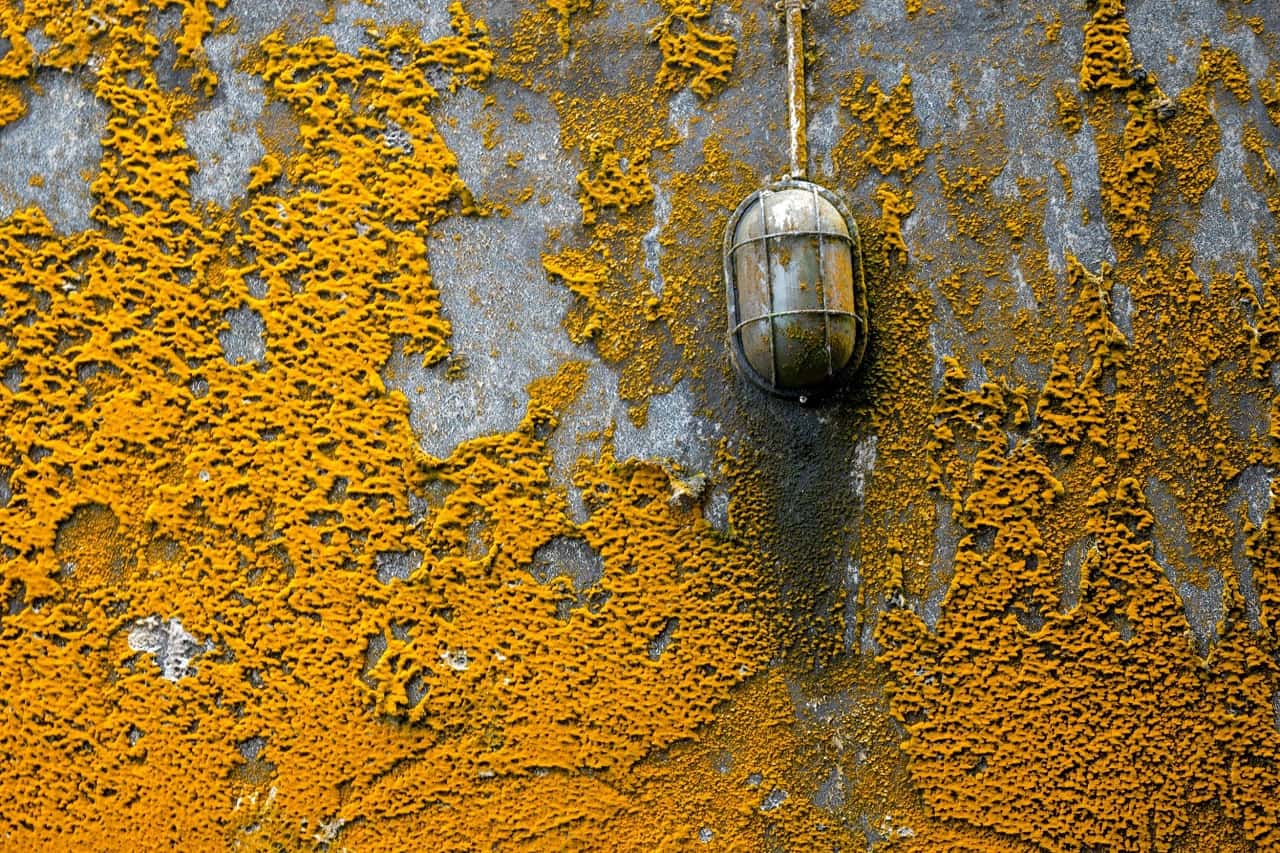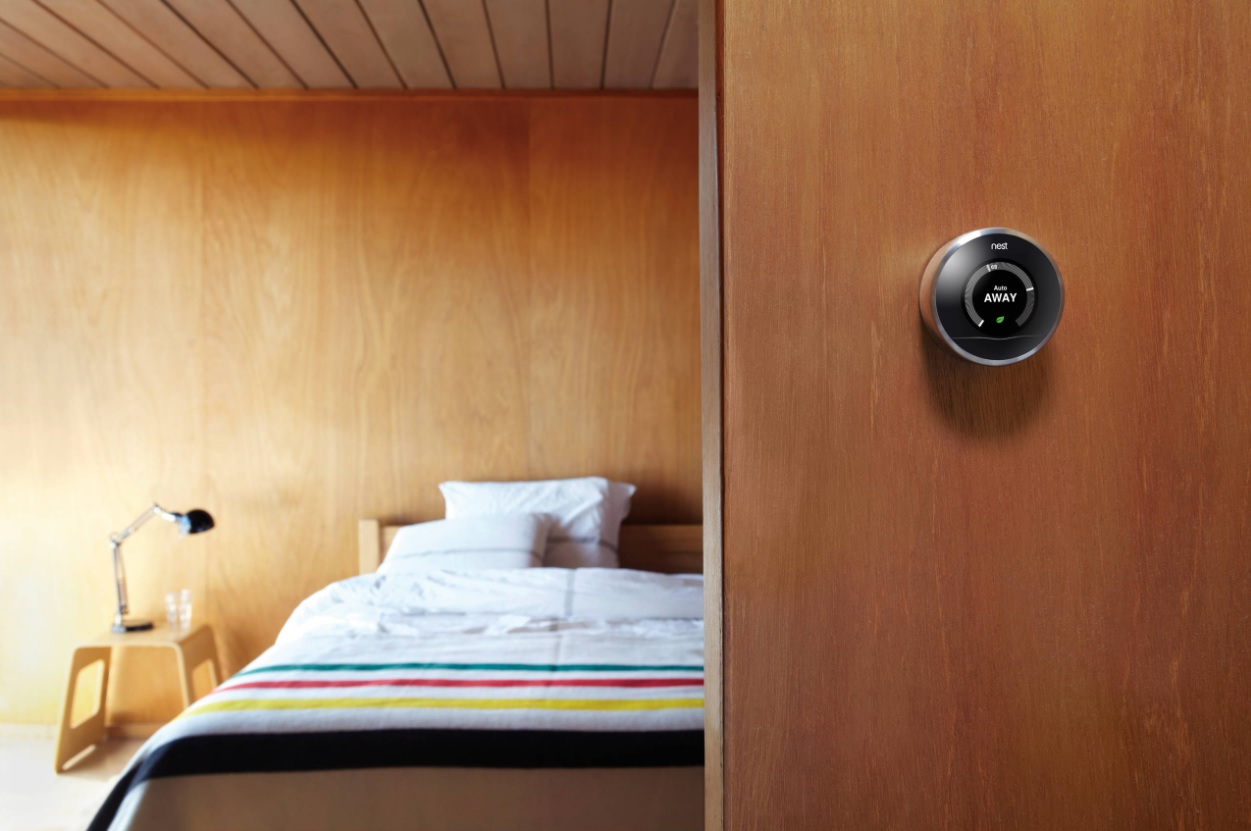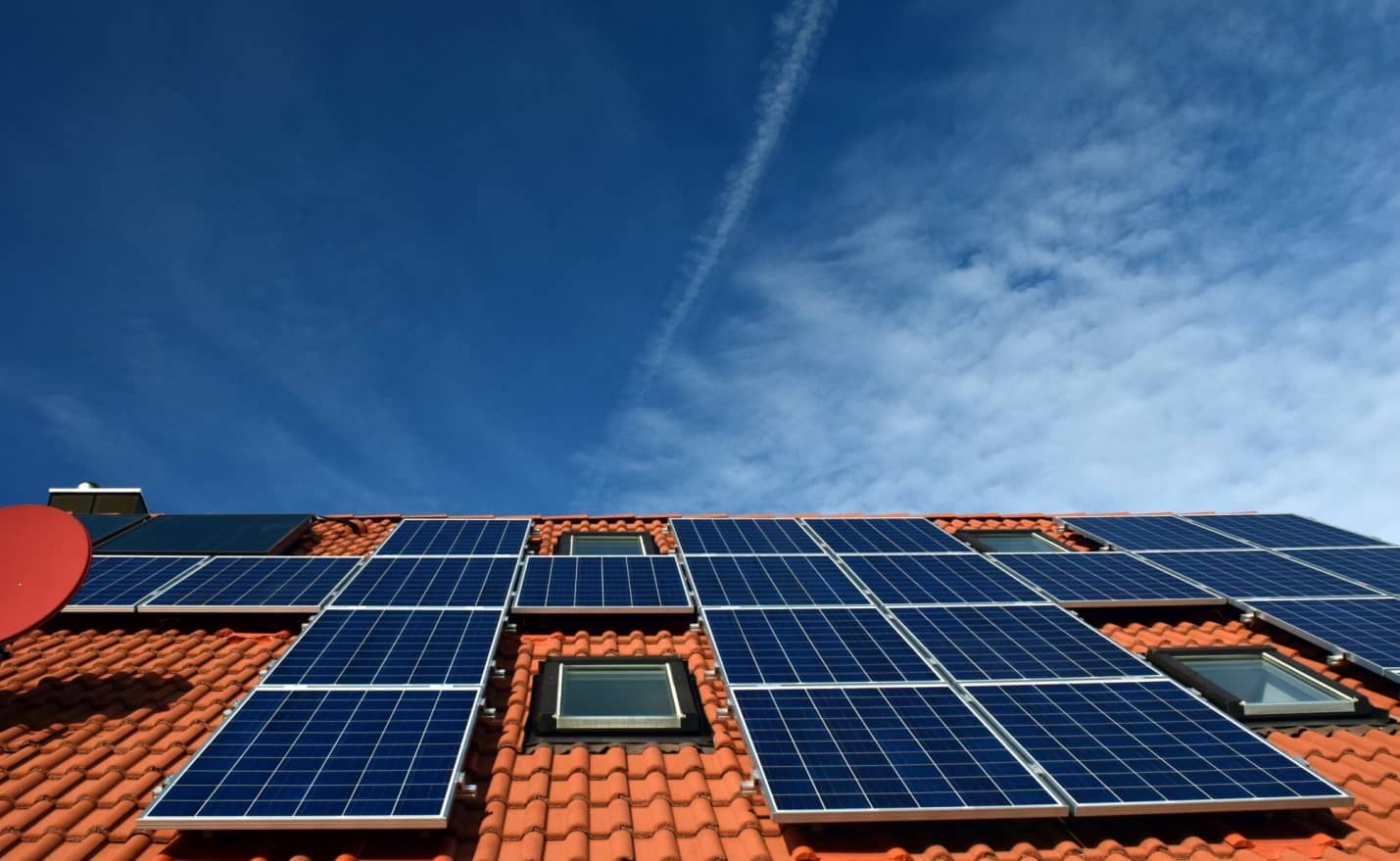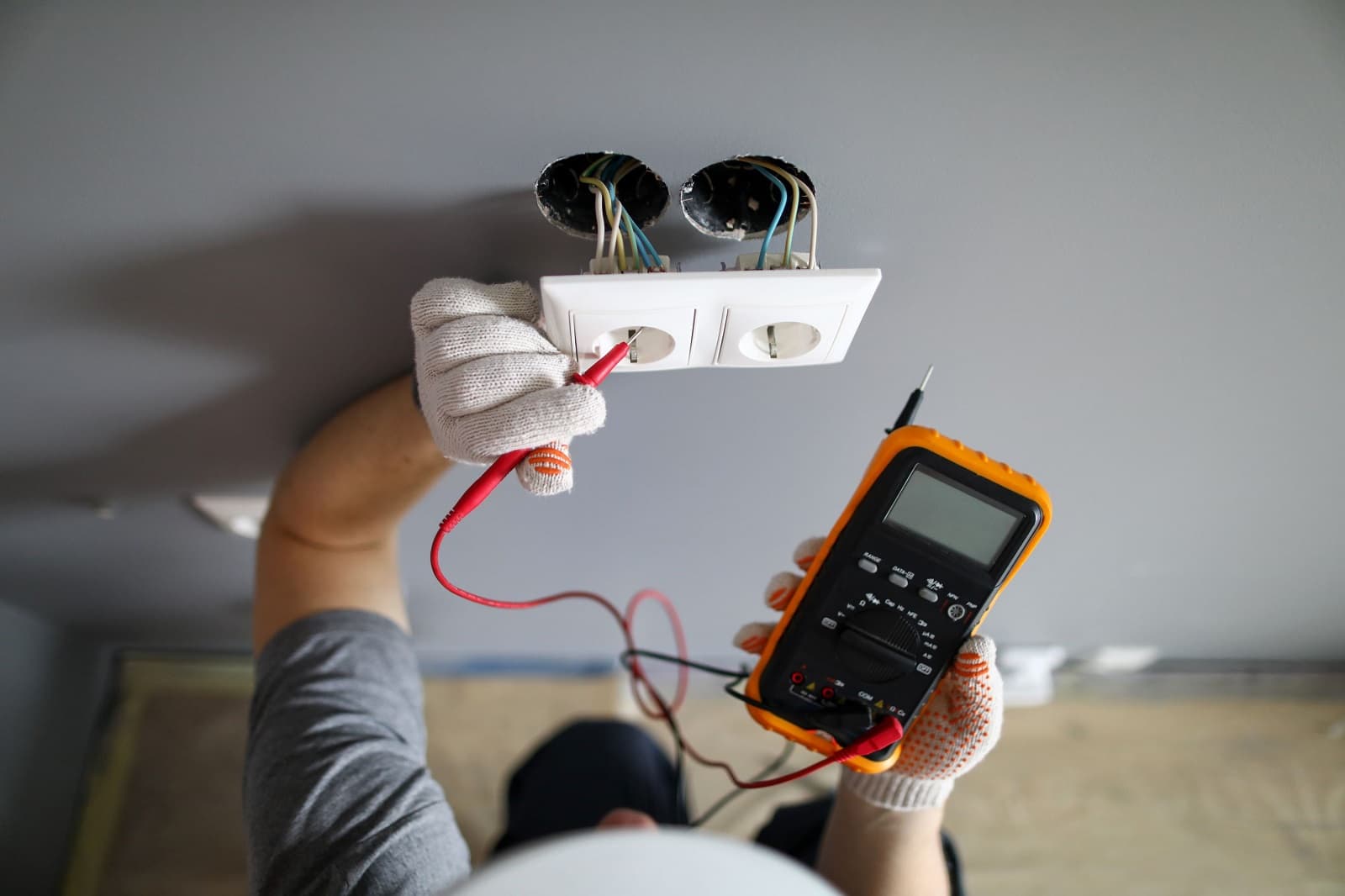Did you know that 25% of our planet’s biomass is made of fungi? This makes it an important part of the Earth’s ecosystem. Although outdoor mold is not dangerous and will not have a direct impact on your life, indoor mold increases your risk of incurring health problems. It is critical to know that molds are allergenic, no matter what kind it is. Fortunately for us, not all kinds of mold are harmful but they will grow anywhere, even in places you can’t see. Mold infestation is not only a difficult problem to encounter but also an expensive one to fix.
https://www.canva.com/photos/MADGwDewI5w-concrete-pavement-with-orange-molds/
So what can you do to prevent mold growth inside your home? Here are several things you can do:
Identify The Cause
In order to avoid mold from developing on your walls, it is essential to think in advance. If mold starts growing because of too much moisture, then checking your pipes is something to begin with. The process of preventing mold formation can be as easy as assessing and placing mold-resistant products, fixing your roof or waterproofing your home. You can even call companies like asaprestoration.net and let them inspect your home for mold formation.
Whatever the cause is, the sooner it is figured out, the easier it will be to fix it. The repair and prevention methods can cost you a few bucks today, but in the long run, it will definitely be more expensive if you let the mold grow.
Open Windows
While it’s enticing to shut down the windows until spring, consider ventilating your house as much as possible. Bathrooms and kitchens are at high risks of producing mold – this is why when you cook or take a shower, open a window even for just a short time to make moisture get out of the house rather than building up. Preferably, install air vents fitted into some of your windows if you want more heat out of the house.
Monitor Humidity Inside The House
The EPA suggests maintaining indoor humidity between 35 to 65 percent. You can measure indoor humidity with a moisture meter device bought from a local hardware store. You are also able to notice high levels of humidity by simply checking problems inside your house. Signs of high humidity including condensation on walls, ceilings, and windows. If you see condensation forming, dry the area immediately and work on the cause of moisture such as turning of humidifiers.
Dry Wet Walls
Mold needs moisture in order to grow and a great way to avoid this is to eliminate the wet sources where they can grow. As soon as a roof or pipe leaks, wet areas such as drywalls rich in cellulose should be extracted and replaced. If the leak is not that big and is exposed to fresh air and sunlight, you can ignore it to dry on its own or just open a window.
However, if the water problem is inside your basement or where a lot of water is involved, the best move is to call experts to dry your walls immediately before mold forms. Time is essential, so it is critical to act immediately when the problem occurs.
Clean Carpets
If you smell a musty and undesirable smell in your carpets, it is suggested that you take action right away. While unseen by the naked eye, mold can be developing under your feet. Consider buying high-quality carpet pads with anti-microbial features. Ensure that your carpets are cleaned regularly to make them mold-free.
The best defense against mold is to be preventive. Mold spores can live even in dry environments, so the best step is to prevent moisture from developing inside your home. Follow these simple steps to prevent mold from infesting your home.






